The automotive exhaust gas recirculation market in Germany is characterized by a competitive landscape that is increasingly shaped by innovation, regulatory pressures, and sustainability initiatives. Key players such as Continental AG (DE), Robert Bosch GmbH (DE), and Mahle GmbH (DE) are at the forefront, each adopting distinct strategies to enhance their market positioning. Continental AG (DE) focuses on integrating advanced technologies into their products, aiming to improve efficiency and reduce emissions. Meanwhile, Robert Bosch GmbH (DE) emphasizes partnerships with automotive manufacturers to develop tailored solutions that meet stringent environmental regulations. Mahle GmbH (DE) is also investing in research and development to innovate their exhaust gas recirculation systems, thereby enhancing performance and compliance with evolving standards.
The market structure appears moderately fragmented, with several players vying for market share. Key business tactics include localizing manufacturing to reduce costs and optimize supply chains, which is particularly relevant in the context of rising raw material prices and logistical challenges. The collective influence of these major companies suggests a competitive environment where collaboration and strategic alliances are becoming increasingly vital for success.
In November 2025, Continental AG (DE) announced a partnership with a leading automotive manufacturer to co-develop next-generation exhaust gas recirculation systems. This collaboration is expected to leverage both companies' technological expertise, potentially leading to enhanced product offerings that align with future emissions standards. Such strategic moves indicate a shift towards more integrated solutions in the market, reflecting the growing importance of collaboration in addressing regulatory challenges.
In October 2025, Robert Bosch GmbH (DE) launched a new line of exhaust gas recirculation valves designed to improve fuel efficiency and reduce NOx emissions. This product introduction not only reinforces Bosch's commitment to sustainability but also positions the company as a leader in innovative solutions that meet the demands of modern automotive applications. The strategic importance of this launch lies in its potential to capture a larger market share amid increasing regulatory scrutiny on emissions.
In September 2025, Mahle GmbH (DE) expanded its production capabilities in Germany, focusing on the development of advanced exhaust gas recirculation technologies. This expansion is indicative of Mahle's strategy to enhance its manufacturing footprint and respond to the growing demand for cleaner automotive technologies. By increasing production capacity, Mahle aims to solidify its position in the market and cater to the evolving needs of automotive manufacturers.
As of December 2025, current trends in the automotive exhaust gas recirculation market are heavily influenced by digitalization, sustainability, and the integration of artificial intelligence. Strategic alliances are increasingly shaping the competitive landscape, as companies recognize the need for collaborative efforts to innovate and comply with stringent regulations. The shift from price-based competition to a focus on technological advancement and supply chain reliability is evident, suggesting that future competitive differentiation will hinge on the ability to deliver innovative, efficient, and sustainable solutions.


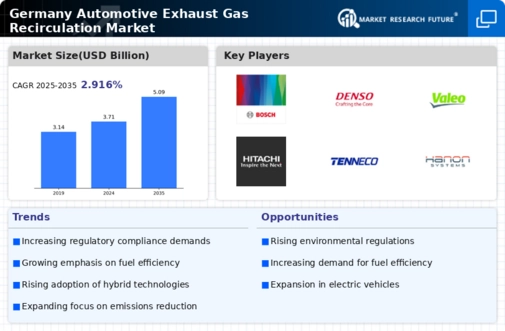
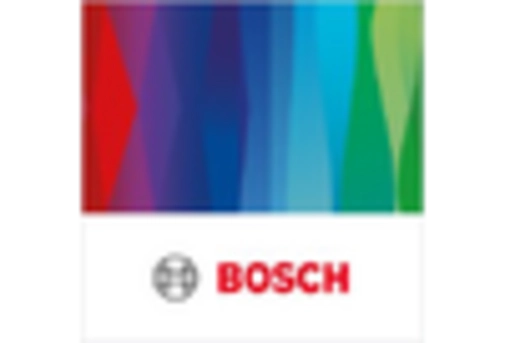
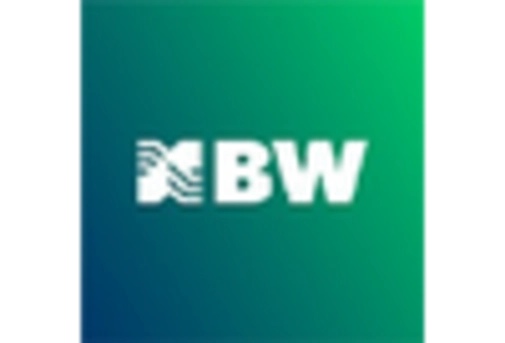

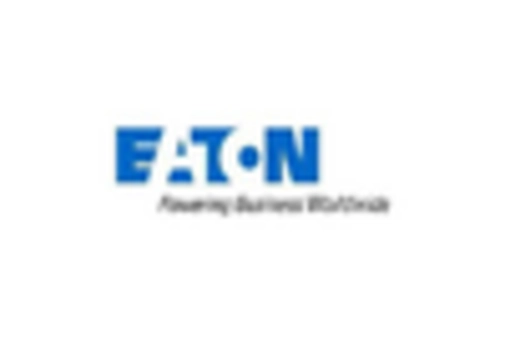
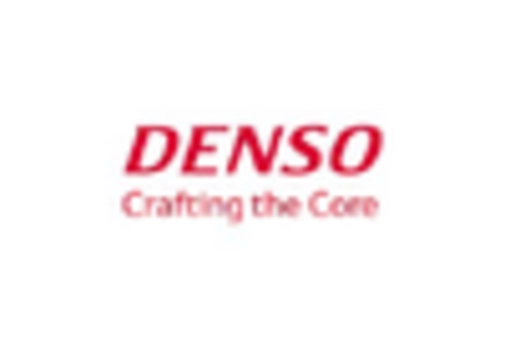
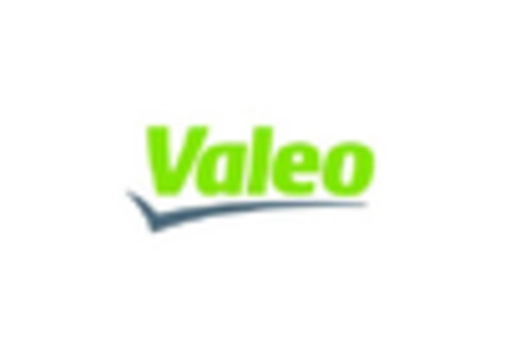

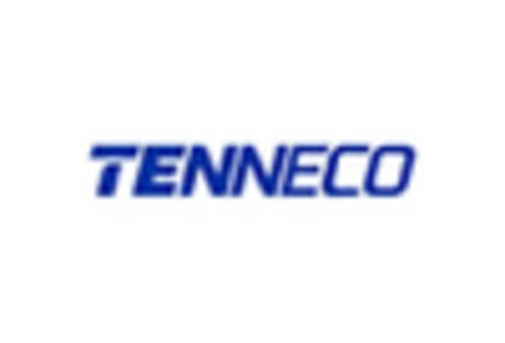
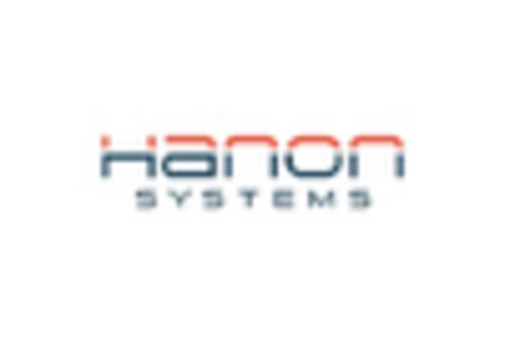

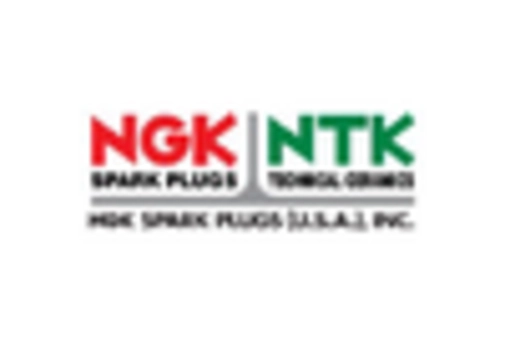








Leave a Comment